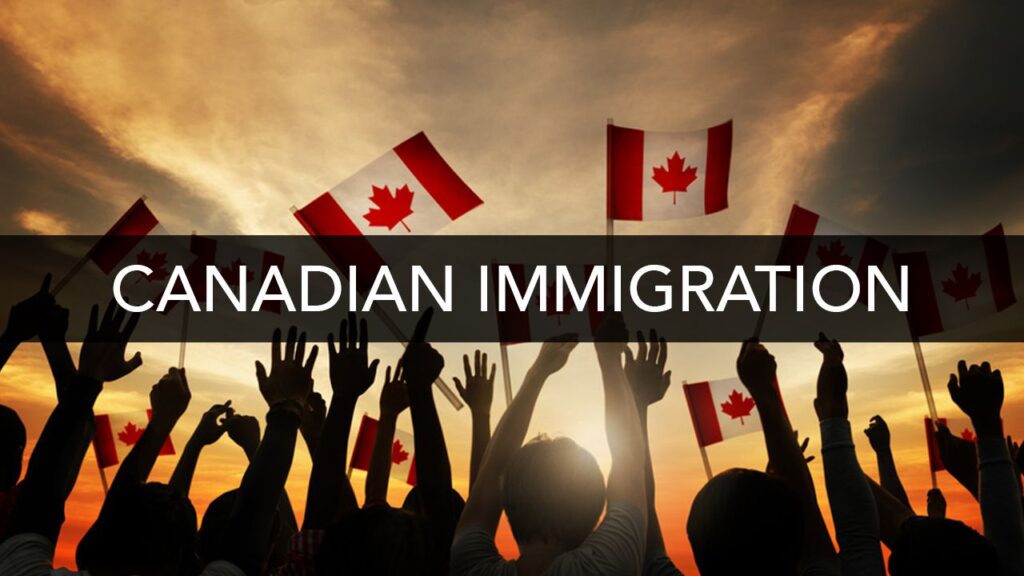
Canada’s immigration landscape is undergoing significant changes this year as the federal government moves to curb the country’s rapid population growth. Prime Minister Justin Trudeau has acknowledged errors in past immigration policies, admitting the government should have acted sooner to address the post-pandemic labour surplus.
In November, Trudeau stated, “Looking back, as the post-pandemic boom cooled and business no longer needed the additional labour help, as a federal team, we could have acted quicker and turned off the taps faster.”
Several new immigration measures have been introduced to address these concerns, including reductions in immigration targets, caps on international students, and stricter rules for temporary foreign workers.
Reduced Immigration Targets
In October 2024, the federal government announced plans to cut immigration targets over the next three years. Previously, the goal was to admit 500,000 permanent residents annually. Now, the 2025 target has been reduced to 395,000, with further reductions planned for 2026 (380,000) and 2027 (365,000).
Temporary resident numbers will also be scaled back by 5% by the end of 2026, with a significant decline expected as more temporary residents transition to permanent status or leave the country. The government projects a decrease of 445,901 temporary residents in 2025 and 445,662 in 2026, followed by a slight increase of 17,439 in 2027.
Cap on International Students
In October, the government announced that the number of international student study permits would be reduced by 10% in 2025, lowering the target to 437,000 permits from the 2024 figure of 485,000. This cap will remain stable in 2026.
Changes to the Post-Graduation Work Permit Program (PGWP) now require applicants to demonstrate proficiency in English or French to enhance their integration into the Canadian workforce and facilitate permanent residency. Graduates from public colleges in fields with long-term labour shortages will still qualify for up to three years of PGWP eligibility.
Additionally, the fast-track visa program for international students from 14 countries ended in November, along with new restrictions on work hours for international students.
Revised Temporary Foreign Worker Program
The Temporary Foreign Worker (TFW) Program is undergoing changes to reduce its usage. The government will enforce stricter compliance with the 20% cap policy for employers, including those applying for permanent residency through the dual intent sub-stream.
Former Employment Minister Randy Boissonnault emphasized the importance of protecting workers, stating, “Abuse and misuse of the TFW Program must end. The health and safety of temporary foreign workers in Canada is a responsibility I take very seriously.”
New measures include rigorous oversight of high-risk applications and a potential increase in Labour Market Impact Assessment (LMIA) fees. These changes aim to ensure that only employers with verifiable labour shortages can access the program.
Changes to Visitor Visas
Multiple-entry visas with 10-year validity will no longer be the default option for visitors to Canada. Immigration, Refugees, and Citizenship Canada (IRCC) updated guidelines in November, allowing immigration officers more discretion in granting single or multiple-entry visas. This move is intended to address the surge in visa applications while maintaining the integrity of the system.
End of Visitor Work Permit Policy
The IRCC has ended a temporary policy that allowed visitors to apply for work permits. Initially introduced in 2020 to address travel restrictions during the pandemic, the policy was terminated in August 2024 to recalibrate the number of temporary residents and preserve the immigration system’s integrity.
These sweeping changes reflect Canada’s efforts to balance economic needs with population growth, ensuring the immigration system remains fair and sustainable.
Source : Immigration will look very different in Canada this year | National

